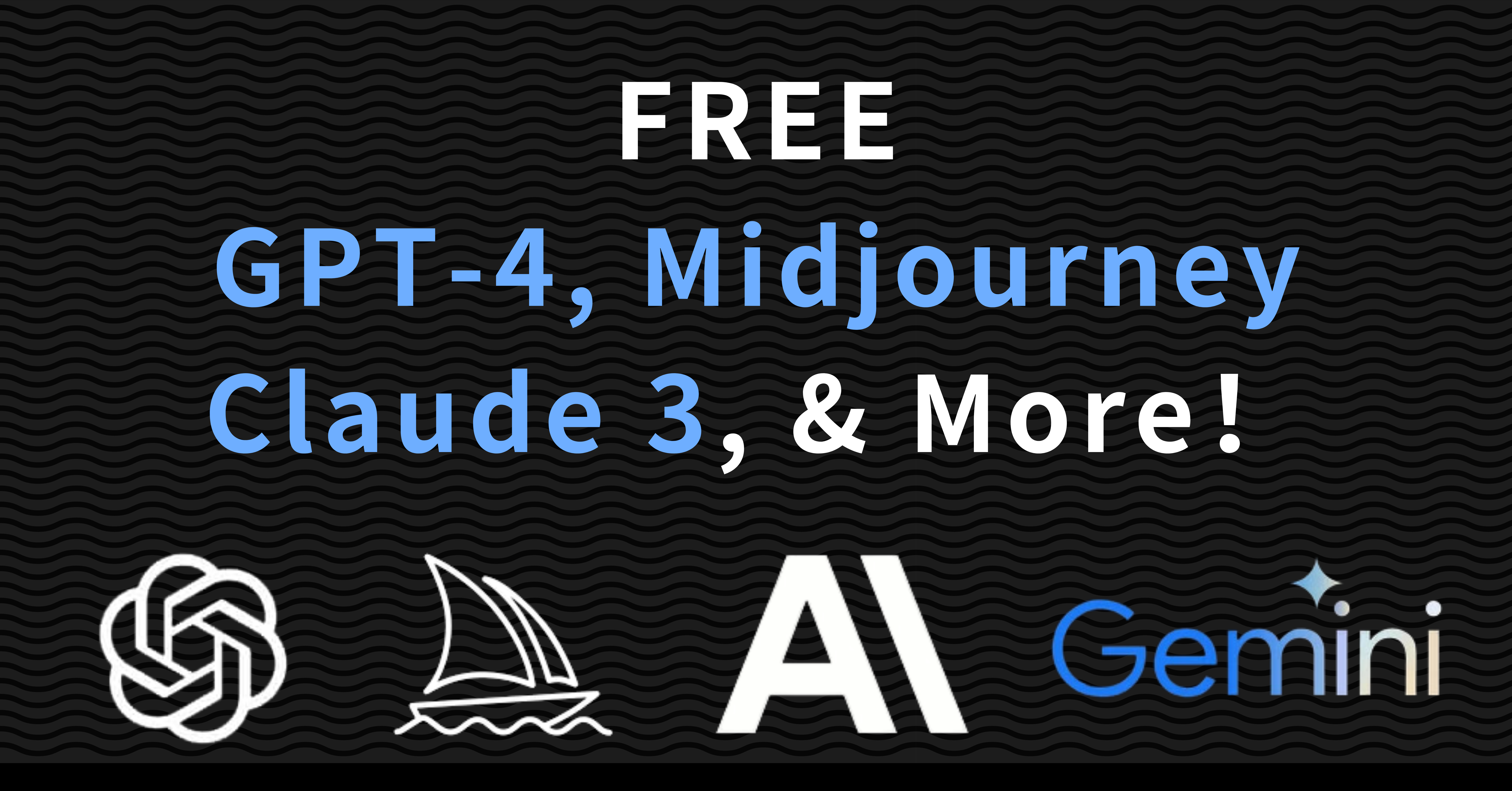Unlocking GPT-4 for Free: A Step-by-Step Guide

Discovering the Power of GPT-4
As an AI enthusiast, I was thrilled to discover the remarkable capabilities of GPT-4 and its potential impact on education. This latest iteration from OpenAI has truly pushed the boundaries of what AI can achieve, setting a new standard for natural language processing.
What is GPT-4?
A brief overview of its capabilities
GPT-4 stands out with its impressive performance metrics, achieving a nearly 40% increase over ChatGPT in Contracts and a more than 35% raw increase in Evidence. These statistics demonstrate the substantial leap forward in language understanding and generation that GPT-4 offers.
Why it's a game-changer for students
With 45 gigabytes of training data, significantly more than its predecessor GPT-3, GPT-4 has raised the bar for accuracy and reliability. Its performance surpasses that of ChatGPT, correctly answering 90% compared to ChatGPT’s 62.5%, showcasing its exceptional proficiency in comprehending and responding to queries.

Pay-as-You-Go:
Top Up from Just $1 Balance Never Expires
All-in-One: Access All Models in One Place
AI Total Data Privacy
Unlimited Usage Limitation
Accepts Fiat and Crypto Payments
How to Use GPT-4 for Free
As the demand for AI-powered tools in education continues to grow, several platforms offer free access to GPT-4, making its advanced capabilities available to students and educators.
Platforms Offering Free Access to GPT-4
Microsoft Copilot (Bing Chat)
Microsoft's Bing Chat provides a seamless interface for interacting with GPT-4. By integrating with this platform, users can leverage the model's language processing abilities without incurring any costs. The user-friendly nature of Bing Chat makes it an ideal starting point for those looking to explore the potential of GPT-4 in educational settings.
Huggingface Chat
Huggingface offers another avenue for accessing GPT-4 at no cost. Through their chat interface, users can engage with the model and harness its natural language understanding and generation capabilities. This platform provides a valuable opportunity for students to familiarize themselves with GPT-4 and its applications within their academic pursuits.
Step-by-Step Guide to Access GPT-4
Signing up for a free account
To begin utilizing GPT-4 through these platforms, users can sign up for a free account, granting them access to the model's features and functionalities. This straightforward process ensures that individuals can seamlessly integrate GPT-4 into their learning endeavors without encountering any financial barriers.
Navigating the interface
Once registered, navigating the interface of these platforms is intuitive, allowing users to interact with GPT-4 effortlessly. The user-friendly design facilitates a smooth experience, enabling students to focus on leveraging the model's capabilities for various educational purposes.
Tips for your first query
When initiating interactions with GPT-4, it is beneficial to start with concise and clear queries. By formulating well-defined questions or prompts, users can maximize the effectiveness of their initial engagements with the model, gaining valuable insights into its potential contributions to their academic pursuits.
Maximizing Your GPT-4 Experience
Now that you have access to GPT-4, it's essential to explore its diverse applications and understand how it can enhance your educational journey. Let's delve into creative uses, potential pitfalls, and inspiring success stories related to leveraging this powerful AI model.
Creative Uses of GPT-4 for School Projects
Writing Assistance
GPT-4 serves as a valuable writing companion, offering real-time feedback on compositions and aiding in the generation of compelling narratives. Whether crafting essays, short stories, or research papers, the model's language proficiency elevates the quality of written work, empowering students to express their ideas with clarity and eloquence.
Research and Summarization
When embarking on academic research endeavors, GPT-4 proves invaluable in swiftly analyzing vast amounts of information and distilling key insights. Its ability to generate concise summaries streamlines the research process, enabling students to efficiently extract relevant details for their scholarly pursuits.
Avoiding Common Pitfalls
Understanding its Limitations
While GPT-4 demonstrates remarkable capabilities, it's crucial to recognize its limitations. The model may occasionally produce inaccurate or irrelevant responses, emphasizing the importance of critically evaluating its outputs and cross-referencing information from reliable sources.
Ensuring Academic Integrity
Maintaining academic integrity is paramount when utilizing GPT-4 for educational purposes. Students must exercise ethical judgment and refrain from engaging in plagiarism or unethical practices. By incorporating the model's insights responsibly within their original work, learners uphold the principles of academic honesty.
Personal Success Stories
How GPT-4 Helped Me Ace a Project
As an AI enthusiast deeply immersed in exploring GPT-4, I harnessed its capabilities to enrich a challenging project. The model's adeptness at generating innovative ideas and refining content significantly contributed to the project's success, earning accolades from peers and instructors alike.
Learning Beyond the Classroom
Dr. Sriramkrishnan Srinivasan’s experience exemplifies how GPT-4 extends learning opportunities beyond traditional boundaries. His experimentation with coding using the model underscores its potential as a force multiplier for individuals with coding proficiency, opening doors to innovative application development and problem-solving.
Wrapping Up
The Future of AI in Education
As we look ahead, the integration of GPT-4 into educational settings holds immense promise and potential. My predictions and hopes center on the ethical and responsible utilization of AI to enhance learning experiences. It is imperative to address the ethical implications of AI in education, considering issues such as data privacy, algorithmic bias, transparency, and the role of human judgment. A collaborative, proactive, and nuanced approach is required for navigating these complex ethical considerations.
Final Thoughts and Encouragement
Embracing AI as a tool for learning signifies a paradigm shift in educational methodologies. By encouraging students to explore and experiment with GPT-4, educators can foster an environment that nurtures curiosity, critical thinking, and creativity. This proactive engagement with AI not only equips students with valuable technical skills but also instills a deeper understanding of the ethical use of artificial intelligence. As we venture into this new era of AI-integrated education, I urge both learners and educators to embrace this transformative journey with open minds and a commitment to ethical practice.
See Also
Unleashing AI Potential: Accessing ChatGPT for All
Uncovering Unfiltered ChatGPT: Maneuvering AI Dialogue Limits
